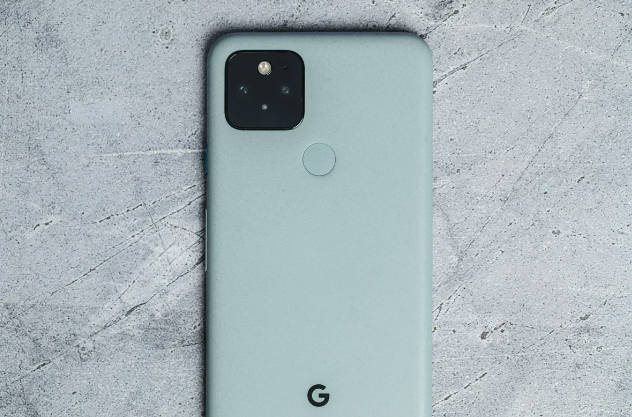Even though it’s the start of summer, it’s never too late to clean up your phone in the spring.
Your Android phone, just like your car, needs regular maintenance to find problems, prevent future problems, and keep it running at its best.
First, you can give the outside of your phone a good clean, since you probably stick it to your face every day. Dust, dirt, and trash can quickly collect in charging ports and speakers, and it’s not only bad for your hygiene — it’s also shortening the life of your smartphone.
But the most important maintenance is under the hood, including phone settings you probably haven’t touched before.
Just invest a few minutes and turn your Android phone into something that looks and feels new — at least until you’re able to upgrade. Read on to find five simple tips for organizing, reorganizing, and customizing your Android phone to keep it looking its best.

delete all forgotten apps
Take a few minutes to browse your home screen or app drawer and delete any and all apps you no longer use. Not only do these apps take up valuable storage space, but they have the potential to access personal information or permissions that you approved when the app first launched.
Delete old files to free up storage space
After deleting any old apps, free up more storage space by browsing through the files saved on your Android phone. It’s too easy to forget about all the random files you’ve downloaded – like the takeout menu from a new place on the road or a GIF sent by a friend. these files add up. The fastest and easiest way to manage your phone’s storage is to use the pre-installed file apps.
In fact, some phones use a variation of the same application. For example, on the Samsung, it’s called My Files. On the Pixel series, it’s just Files. On the OnePlus 10 Pro, it’s File Manager – you get the idea.
I suggest opening the app drawer on your phone and finding “Files”. Most likely this will reveal whatever content your phone’s manufacturer called the app for.
First check the “Downloads” folder, where you can delete files you no longer need, or move them to a location such as Google Drive.
Most file apps will also show you all the large files saved on your device. For example, OnePlus 10 Pro’s File Manager app has a special section in the app for files that take up a lot of space.
Translated with www.DeepL.com/Translator (free version)

Adjust home screen settings to get the new look
One of the best parts of Android is that you can customize the overall look of your phone. From installing application icon packs to completely replacing the launcher your phone uses, there are plenty of options to personalize your phone.
While you can definitely start tweaking the launcher and installing app icons, it’s important to first dive into the home screen settings that your phone already offers. I occasionally do this and it’s amazing how subtle tweaks to things like app layout can make it feel like a whole new phone.
Long press on an empty area of the home screen and select Home Settings (or some variant). This will open the home screen options where you can customize various settings.
Translated with www.DeepL.com/Translator (free version)
Read more: These are the best features of Android 12 and some of the hidden features we found
Settings like app grid size. Going from a 4×5 app grid to a 5×5 grid may seem like a small change, but the extra columns can make a big difference (the same can be said about shrinking the grid).
You can also find some settings here, such as swiping down on the home screen to see notifications without having to swipe from the top of the screen.
Browse the appropriate settings for your phone and try the home screen settings.

Optimize your device settings
Speaking of settings, now is a good time to check and change any settings that are bothering you. I’ve rounded up some settings that you can change and customize on any Android phone to make the most of it.
For example, turning on dark mode not only makes apps look better, but it saves battery life. And yes, I even showed you how to stop app icons from automatically appearing on your home screen.

Customize your privacy options
Before you take a break, do one last thing for yourself and your Android phone – double-check your privacy settings.
Open the Settings app, then tap Privacy > Permissions Manager. Browse each category to see which apps currently have access to which troves of your personal data. Looking for an app that you don’t want to access your location? Turn it off. The same goes for Contacts, Calendar, or Camera.
Browsing through each section doesn’t take long, and even if it does, it’s worth the effort.